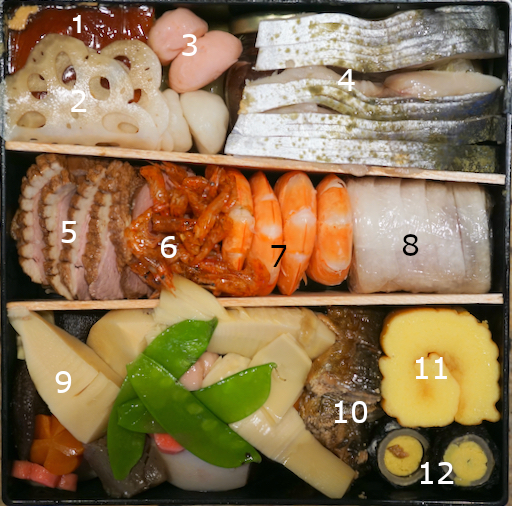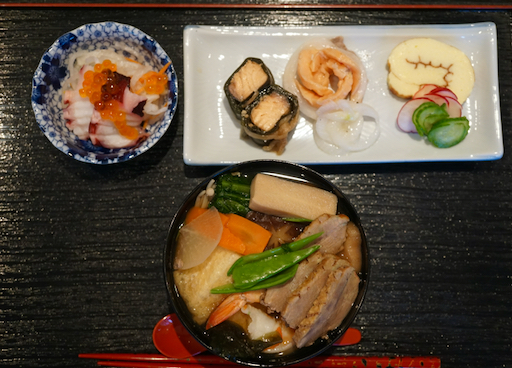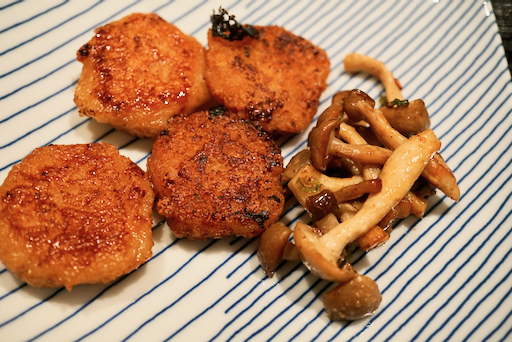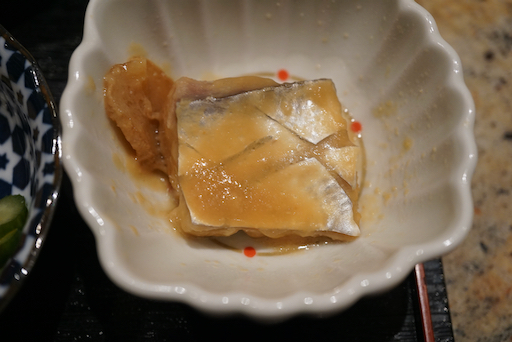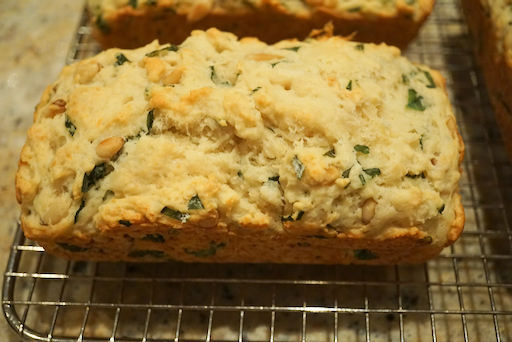Everything was carefully prepared and packed. All possible superlative adjectives can not begin to describe how wonderful each dish was. I do not know how many orders they prepare but I got some glimpse of how much work this is from Chef Kitayama's instagram "chefmasayakitayama" and "togimax". Our only task now is to enjoy all these delicacies, something we are very good at.
Monday, January 4, 2021
Sushi Taro Osechi 2021 寿司太郎の御節 2021
Friday, January 1, 2021
Happy New Year 2021 あけましておめでとう2021
The year 2020 was a quite taxing year. We hope things will get better in 2021, although we are, by no means, out of woods. Because of Covid, we stopped going to our Japanese grocery store (or many other stores for that matter). Having home delivery was a God-send. Nonetheless, however, we were not able to get all of our usual New Year food items or decorations including "Kagami-mochi" 鏡餅. (There may be a silver lining in this since we almost never eat all the small round mochi contained in it). So, this year our New Year's display was absent the Kagami-mochi. We only displayed the zodiac animal figurines representing the year--which in this case was the Ox. The pictures below show our collection of zodiac oxen. The smallest guy, in front, looks like a holstein cow and is made of painted wood. The one standing behind and looking at him is made from "do-rei" 土鈴 or earthenware and is actually a bell.
Wednesday, December 30, 2020
Renkon "lotus root" mochi 蓮根餅
This is on the theme of what you can make from fresh lotus root. This is similar to renkon ball レンコンまんじゅう but instead of deep frying, this was pan fried. I also sautéed shimeji mushroom in the same pan as a side. The Japanese name for this is "renkon mochi" レンコンもち. This is called “mochi” because it has the consistency of freshly made "mochi" 餅 cake made from rice.
Ingredients:
Grated fresh "renkon" lotus root, skin peeled and grated and excess moisture drained out (about 100grams for 8 small discs).
2 tbs potato starch or "katakuri-ko" 片栗粉
2 tsp butter
2 tps each of soy sauce and mirin
Directions:
Mix the grated renkon and potato starch in a bowl, divide into 8 small balls.
Melt the butter in a non-stick frying pan. Flatten the renkon balls into small disks and cook a few minutes on both sides until brown.
Add the mirin and soy sauce.
Saturday, December 19, 2020
Appetizers 4 kinds お通し4種類
Ingredients:
3 Japanese eggplant
2 tbs neutral vegetable oil
two small pieces of ginger, crushed with the side of the knife.
250ml Japanese dashi broth (I made this with my usual bonito and kelp dashi pack)
3 tbs soy sauce
3 tbs mirin
(Instead of soy sauce, I am using "shirodashi" 白だしand light colored soy sauce).
Directions:
Cut the eggplants in half lengthwise. Shallowly cut the skin in crosshatching pattern and then cut lengthwise again to make 1/4 eggplant.
Add the oil to a frying pan on medium flame and add the ginger for a few minutes until fragrant.
Add the eggplants skin-side down and fry for 3-4 minutes and turn over to fry both of the fresh sides for 2-3 minutes each,
Add the seasonings and broth (below), put on the lid and simmer for 3-4 minutes.
This is good eaten hot right after it is cooked but it can also be stored in the broth in a sealable container in the refrigerator. The stored eggplant can be eaten cold or heated up in the microwave.
This is usual salmon nanban. This one was really good since the quality of the salmon (from Whole foods) was good and I did not over cook it. I served this with sugar snap in salt broth スナップ豌豆の塩びたし.
Mr. and Mrs. Segawa of Tako Grill kindly gave us "kazunoko" herring roe 数の子. I prepared it as I described in my New Year dish tab. The half serving shown below was soaked in dashi broth with soy sauce and mirin seasoning. I marinated the other half serving in sake-lee and miso mixture or "kasu-miso" 粕味噌. Since this preparation will last longer than the one soaked in dashi broth we will eat it closer to the holidays.
I also served Spanish mackerel in miso sauce 鯖の味噌煮. (The red dots surrounding the mackerel are part to the decoration of the bowel not part of the preparation.)
This was a quite a good starter line up for the evening.
Wednesday, December 16, 2020
Cuttlefish legs with simmered vegetables イカの足いり根菜の煮付け
Monday, December 14, 2020
Sushi Taro "regular" kaiseki box "普通”の寿司太郎会席弁当
Friday, December 11, 2020
Basil and pine nuts quick bread バジルと松の実の速成パン
My wife made this quick bread as an effort to use more of the basil we are growing in our windowsill herb garden. In addition to the basil, it has pine nuts and parmesan cheese. So it is a kind-of disaggregated “pesto” bread. This is a savory quick bread which is good for breakfast or even as an hors d’oeuvre with wine.





